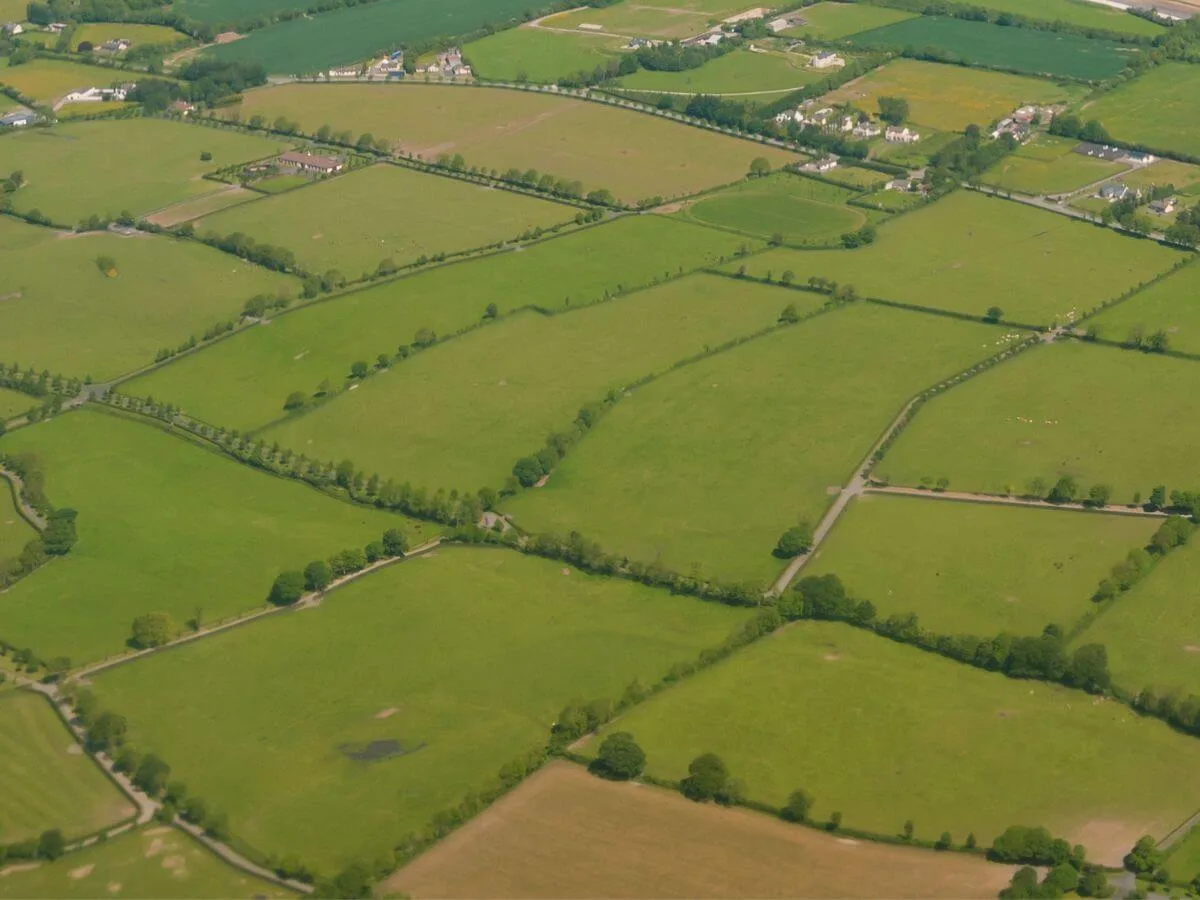
Note: The most up to date specifications are available on the dedicated ACRES / ACRES CP website under Non Productive Investments – Click Link Here
Creating buffer zones that enhance biodiversity along the edges of agricultural fields.
Why:
Implementation Notes
Avoid pesticide and fertiliser use in these areas; Growth can be topped in the Autumn.
Additional Guidance:
• This NPI should be targeted to boundaries that are not adjacent to a water course. See Riparian Margins NPI for margins adjacent to water courses.
• Appropriate management to create this essential litter layer is to allow the grasses to grow tall over summer in year one by not cutting or grazing so that this grass will then collapse in the autumn. Fresh grass will grow up through this and the following summer most of the first year’s growth will have died back and formed a litter layer.
• Depending on the height of the litter layer after year one you may need to cut higher than 10cm.
• Do not install in close proximity to a badger sett.
• It is recommended to leave an access point when erecting fence to facilitate management of margins. When margins are cut, it is recommended to remove offtakes to reduce the overall fertility of the margin.
• This action will have greater benefits if used to link up existing habitats on the farm such as hedgerows and wooded areas.
• A field margin strategically placed in an area prone to runoff and erosion further up a slope may be beneficial in addition to a Riparian Buffer Strip or Zone closer to the watercourse.
Good Locations:
Poor Locations:
Does the fence need to be permanent?
Yes, a permanent fence is required.
Can I strim or mow inside the fence?
The margin must be cut (Sept-Dec) or grazed in September from year 2 onwards.
Can I use herbicides inside the fence?
Spot treatment on noxious or invasive weeds is only permitted.